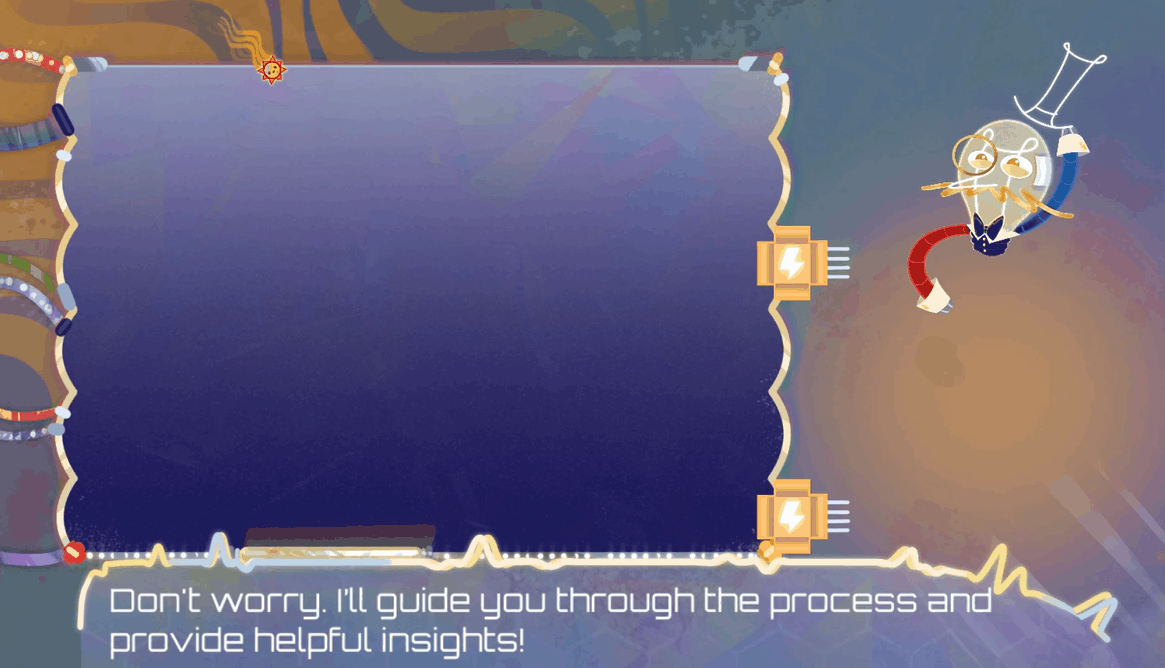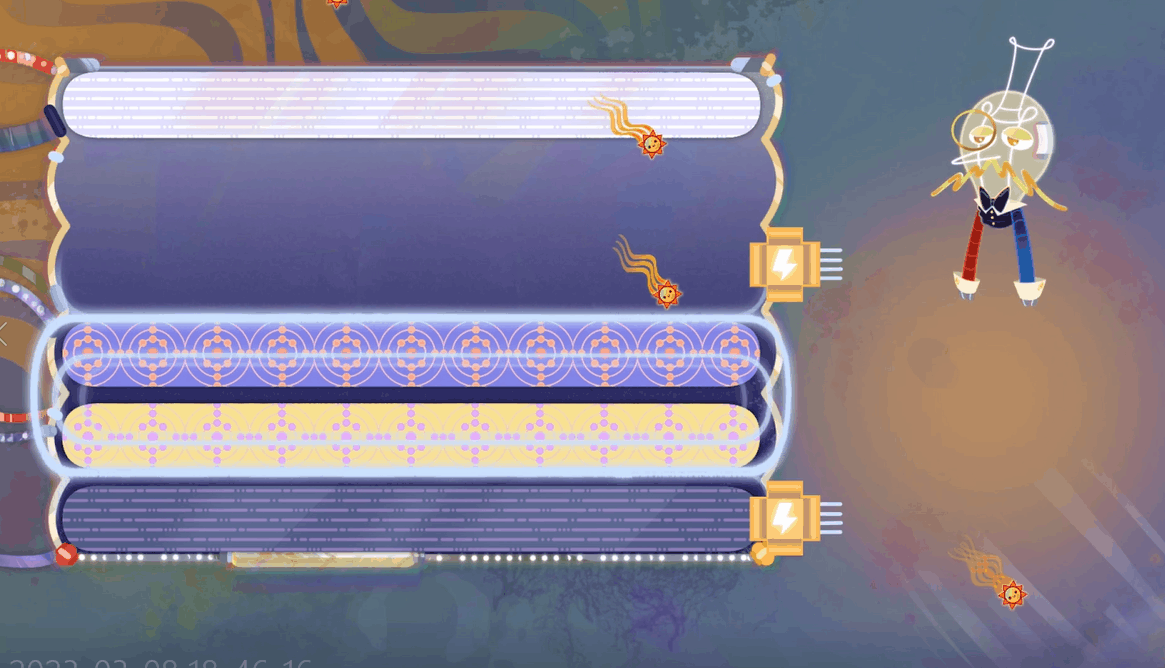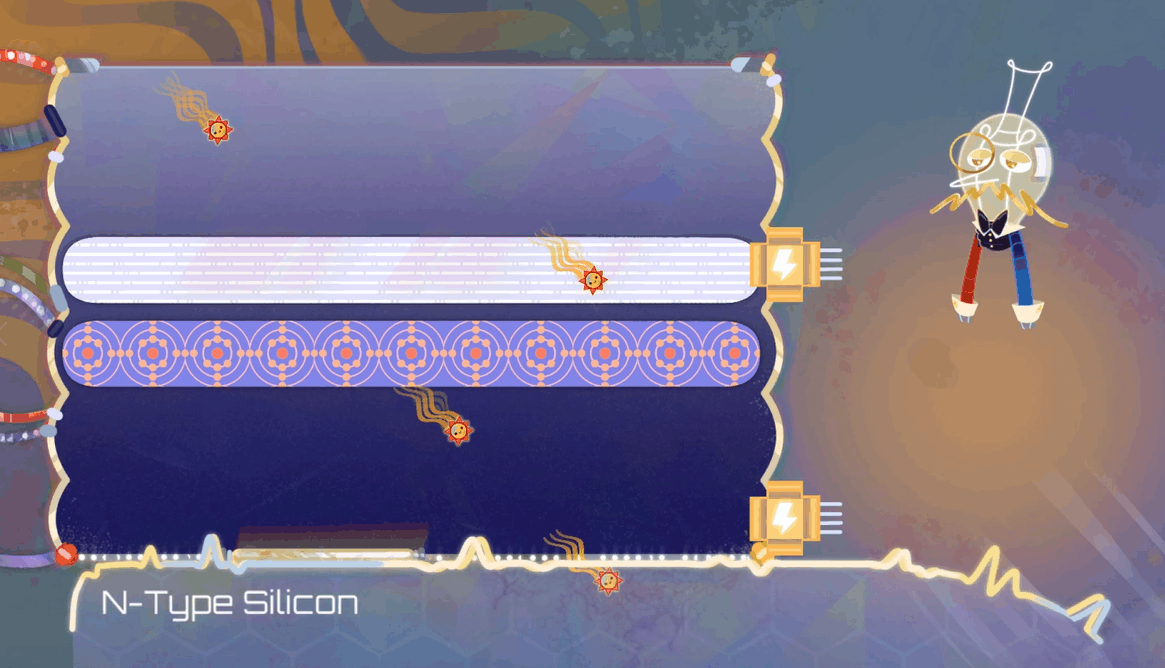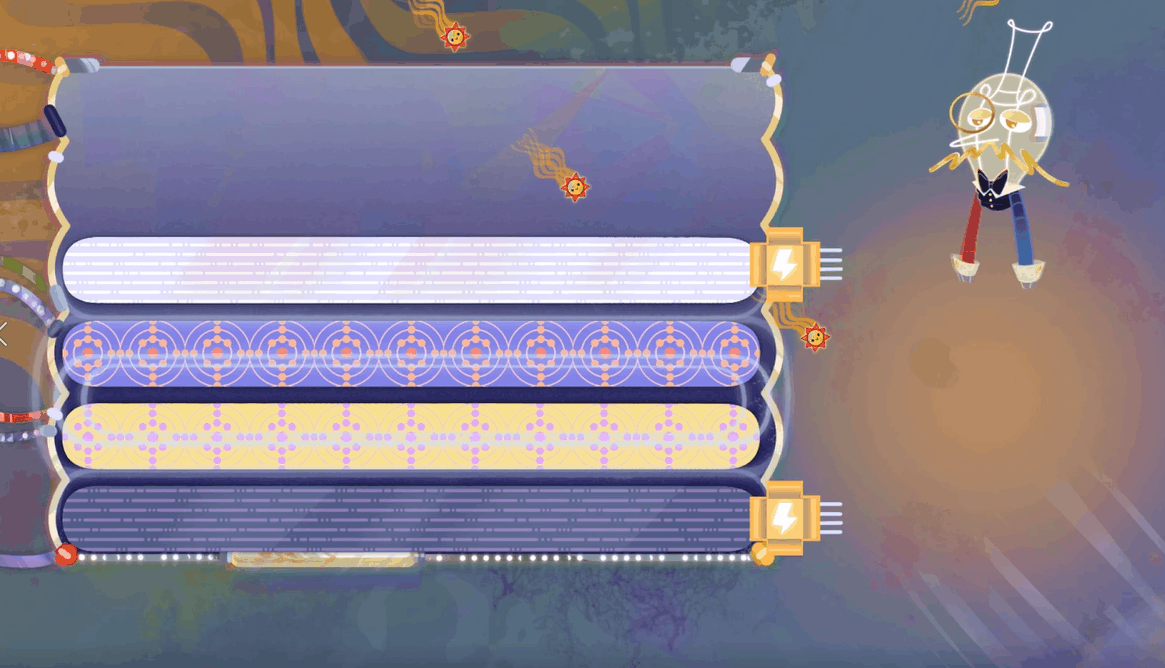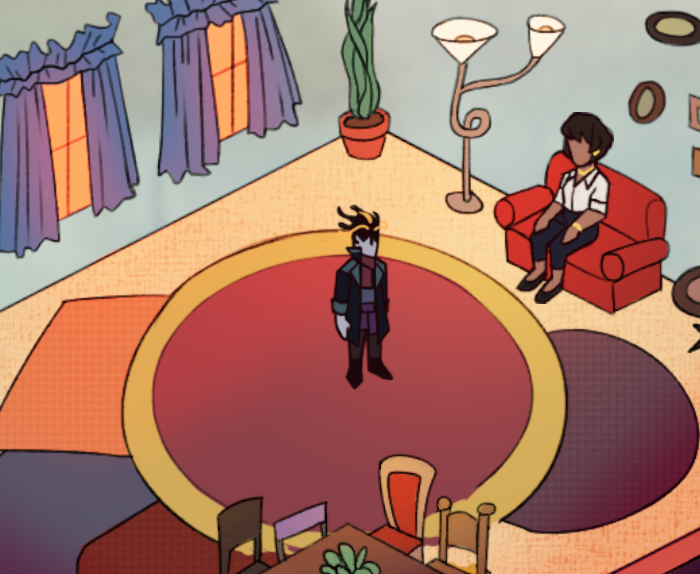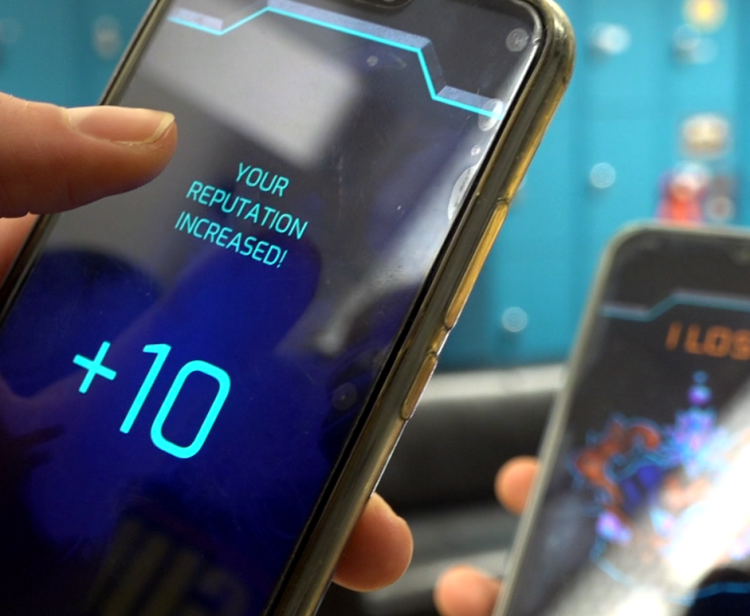Sir Kit's Power Trip
An educational game about the use of solar power with the help of Augmented Reality.
Serious Game | Student Group Project | Lead Programming | C# | Unity Engine | 6 Weeks
My responsibilities included:
-
Vuforia Integration and Testing
I tested different AR engines to ensure the one we use suits our requirements the best and proceeded to work with Vuforia Engine to create stable AR gameplay elements. -
Gameplay Programming
I was responsible for the functionality of the gameplay, in which cards needed to be placed accordingly on a grid to trigger different kinds of events. A large part of my responsibility was ensuring that the analog cards were seamlessly translated into the digital gameplay aspects of the game. -
Communication between Tech and Art
I facilitated communication between the technical and artistic teams, ensuring that everyone was working towards the same goals and that technical limitations were taken into account when designing game assets. -
Organizing Meetings / Sprint Reviews
I organized regular meetings and sprint reviews to ensure that the project was progressing smoothly and that everyone was aware of their roles and responsibilities.
Behind the Scenes
Background
During our sixth semester, we had the opportunity to work on a project in collaboration with a client. The client’s request was for an educational game that would teach young students around the age of 11 to 13 years about various aspects of solar energy.
To meet the client’s requirements, we decided to create an AR card game that would allow players to interact with virtual objects and learn about different solar energy concepts.
The Process
We began by testing various AR engines that would meet our gameplay needs, specifically the ability to stack analogue cards on top of each other while being reliably recognized by the AR engine. Despite our efforts, we were unable to make any significant breakthroughs during testing. As a result, we decided to use the Vuforia engine due to time constraints and our familiarity with it from a previous project.
The game operates on two simultaneous scenes: the AR scene that awaits image recognition events and the screen scene that responds to Vuforia’s detection. My tasks involved mainly working on the main scene, in which I build a grid system that could display any card sprite on any position and could be reused and expanded for other levels of the game. Additionally, I worked on implementing animations visualizing the movement of photons and electrons to indicate the flow of electricity.
We were fortunate to have a skilled team of designers who could take on the dialogue using Fungus independently, avoiding bottlenecks since both programmers were already working to capacity. As the project was fully remote during the midst of the pandemic, we made a point to regularly meet and communicate effectively to ensure we were on track to meet our goals despite the limited time we had.
In hindsight, we realize that AR might not have been the most effective way to create the card game we envisioned. Our chosen format, utilizing cards, was not reliably recognized by the AR engine we had tested, and we might have been better served by using NFC or some other sensor technology. Nevertheless, we are proud of our willingness to take risks and innovate, even if we encountered some difficulties along the way.
